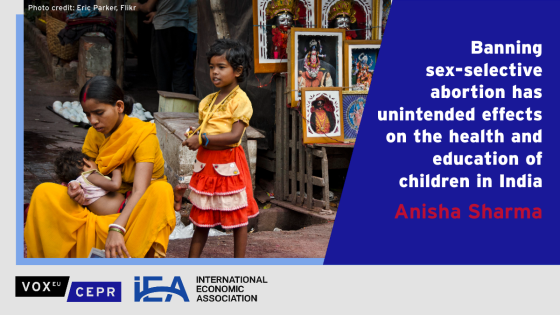DP18368 Son preference, maternal care and sex ratios at birth
The sex ratio at birth (SRB) in Spain jumped abruptly in the late 1970s and temporarily reached values over 109 boys per 100 girls during the early 1980s. This period was characterized by the end of a long dictatorship and the transition to democracy, which allowed the expansion of health services and a shift towards more gender-equal values. This article develops a model that, assuming the existence of pre-natal sex-determination technologies, allows families to decide on prenatal care. This model predicts how a faster pace in the modernization of healthcare services than in the spread of egalitarian values produces an inverted U-shaped evolution of the SRB. Data from the 1977 and 1985 fertility surveys, as well as of all births taking place between 1975 and 1995, not only shows that son preference sharply declined in our study period, but also that this decline pushed down the SRB back to biologically expected values.


